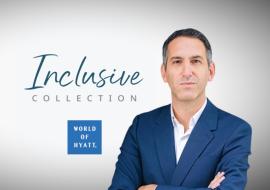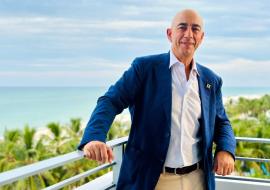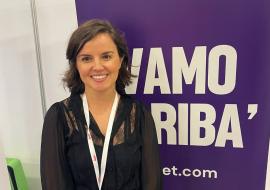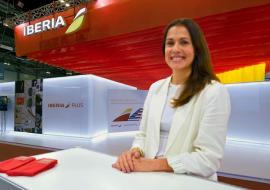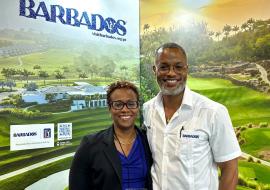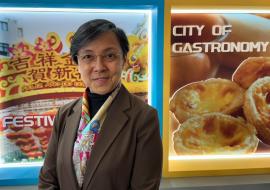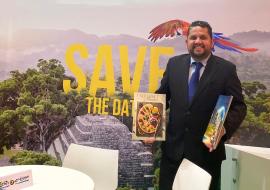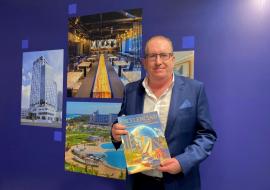Q & A with Ana Larrañaga, FITUR Managing Director
FITUR is coming back in January ready to put much heftier numbers on the board and strengthen its position as the world’s second-largest tourism fair, trailing behind just Berlin’s ITB. The international area will remain on the rise, especially exhibitors from Asia and Africa.
Q.- How will FITUR unfold in this upcoming edition in terms of number of exhibitors and regions?
Q.- How many exhibitors are you counting in?
Q.- Will you remain one notch higher than London’s World Travel Market?
A.- We hope so.
Q.- We’d like you to shed some light on FITUR Congress and tell us, in your view, how FITUR could be in a position to export technology and know-how to other nations.
A.- FITUR Congress is an inverse workshop model whose top goal is the internationalization of the Spanish business industry, I mean, the one hailing exclusively from Spain. I insist the inverse workshop model concept because by doing so we guarantee buyers 15-minute prearranged meetings with each and every exhibitor they might be interested in huddling with. Buyers will be allotted 20 to 21 meetings, while sellers will get some 10 meetings a day.
Q.- How are bookings faring for this new edition of FITUR?
A.- We’re doing well with approximately 250 sellers, a figure pretty similar to last year’s, and buyers are somewhere near 200 right now.
Q.- What business groups are attending FITUR in large numbers?
A.- Mostly hotels, a group that accounts for 47 percent of the total, followed closely by MICE planners, official institutions, transportation companies and other participants. But hotels really make the brunt of the bunch.
Q.- Those are the sellers. What about the buyers?
A.- We usually receive go-between people who come to the show with a portfolio of representations. That is, they don’t come as their own companies but representing end users. That means that the 200 buyers will be multiplied by the number of customers that each and every one of them represents.







